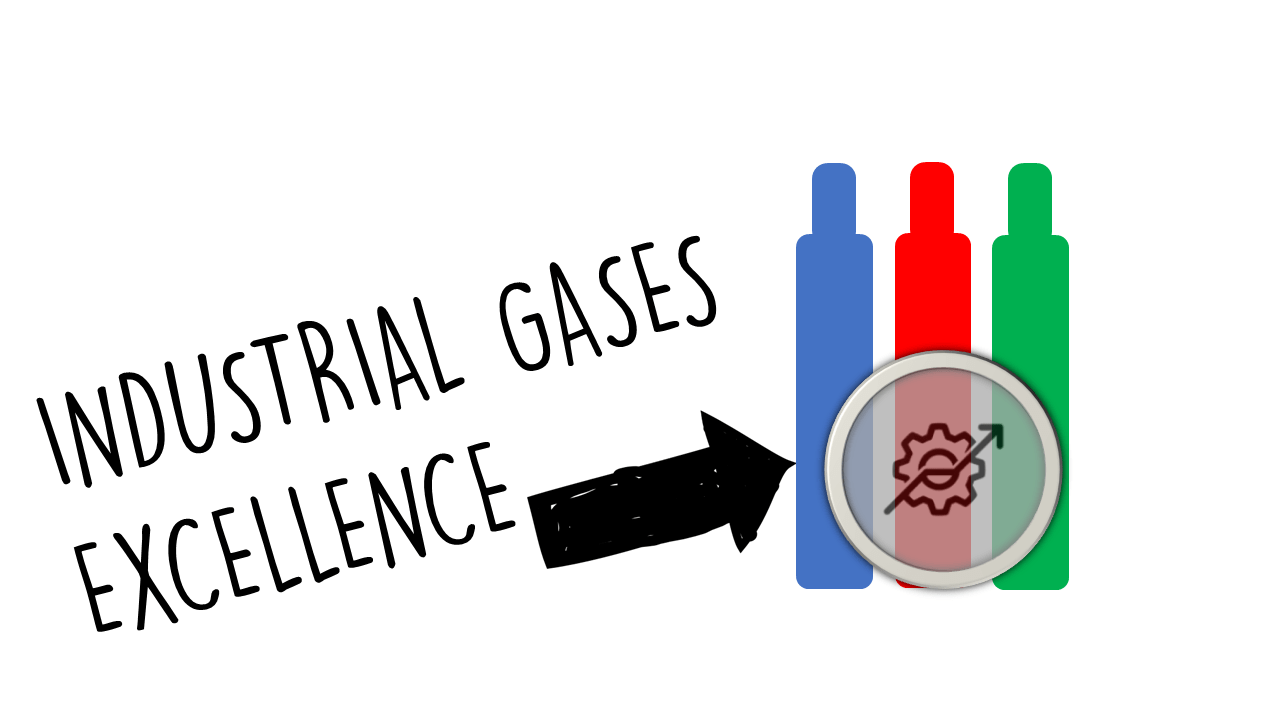Understanding the Competitive Landscape of the Industrial Gas Industry
The industrial gas industry is a highly competitive sector that provides essential gases, such as oxygen, nitrogen, hydrogen, and carbon dioxide, to various industries. Understanding the competitive landscape of this industry involves analyzing key players, market dynamics, and factors that influence competition. Here are some aspects to consider:
1. Key Players: The industrial gas industry is dominated by a few major multinational companies. Some of the key players include Linde plc, Air Liquide, Praxair, and Air Products and Chemicals. These companies have a global presence and offer a wide range of industrial gases and related services.
2. Market Segmentation: The industrial gas industry serves various sectors, including manufacturing, healthcare, chemicals, food and beverage, and electronics. Each sector has specific requirements for gases, creating different market segments. Companies may focus on specific segments or offer a diverse portfolio to cater to multiple industries.
3. Competitive Strategies: Companies in the industrial gas industry employ various strategies to gain a competitive edge. This may include mergers and acquisitions to expand market share, investing in research and development to develop innovative gas applications, and forming strategic partnerships with customers or suppliers.
4. Regional Dynamics: The competitive landscape can vary across regions due to factors such as market demand, regulatory environment, and local competition. Companies may adapt their strategies to cater to specific regional needs and preferences.
5. Technological Advancements: Technological advancements play a significant role in the industrial gas industry. Companies invest in research and development to develop new gas production and purification technologies, improve efficiency, and reduce environmental impact. Staying at the forefront of technology can provide a competitive advantage.
6. Customer Relationships: Building strong relationships with customers is crucial in the industrial gas industry. Companies often provide additional services, such as gas equipment installation and maintenance, gas supply chain management, and technical support. Offering value-added services can help differentiate companies and retain customers.
7. Regulatory Environment: The industrial gas industry is subject to various regulations related to safety, environmental impact, and quality standards. Compliance with these regulations is essential for companies to operate and compete effectively.
To gain a comprehensive understanding of the competitive landscape, it is important to analyze market reports, industry publications, financial statements of key players, and industry events. Additionally, monitoring industry trends, technological advancements, and customer preferences can provide insights into the competitive dynamics of the industrial gas industry.
